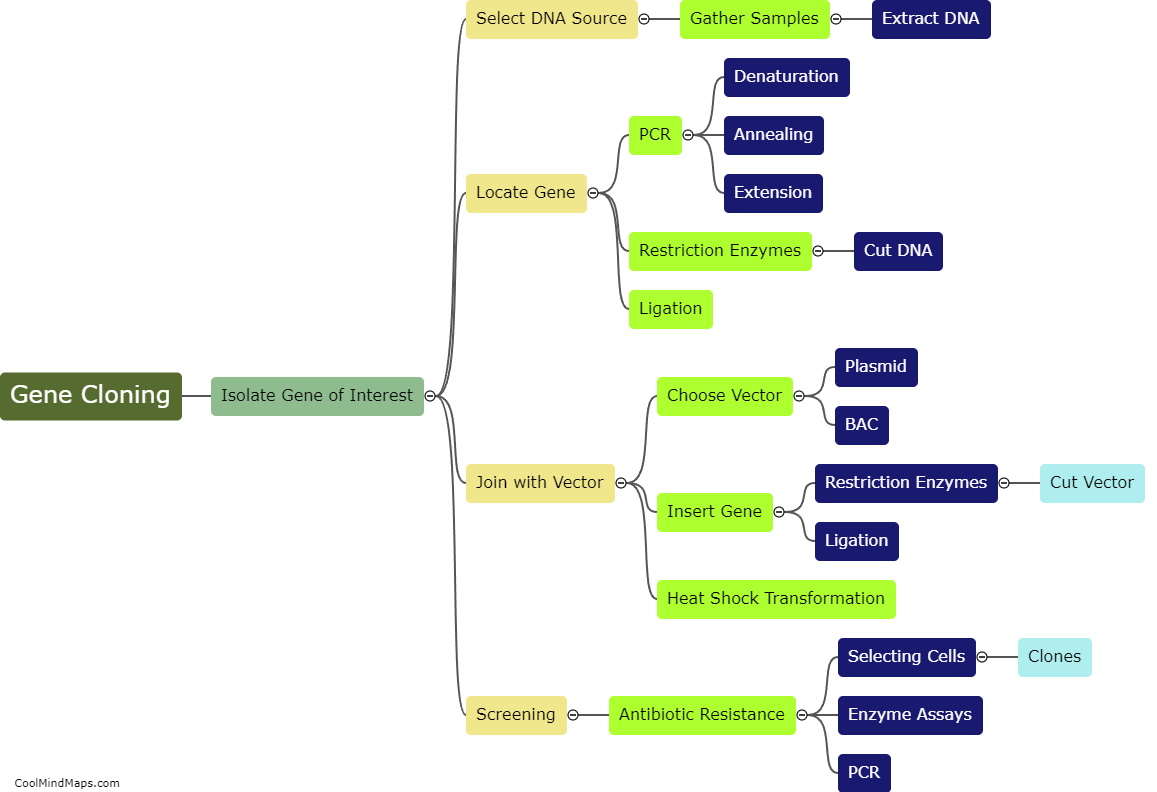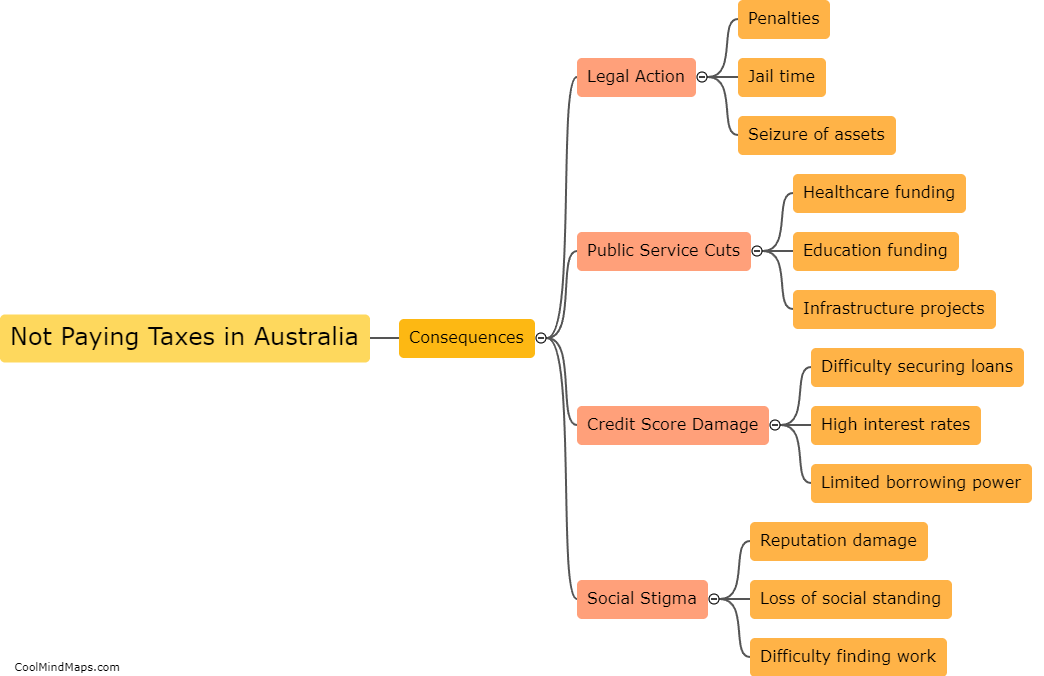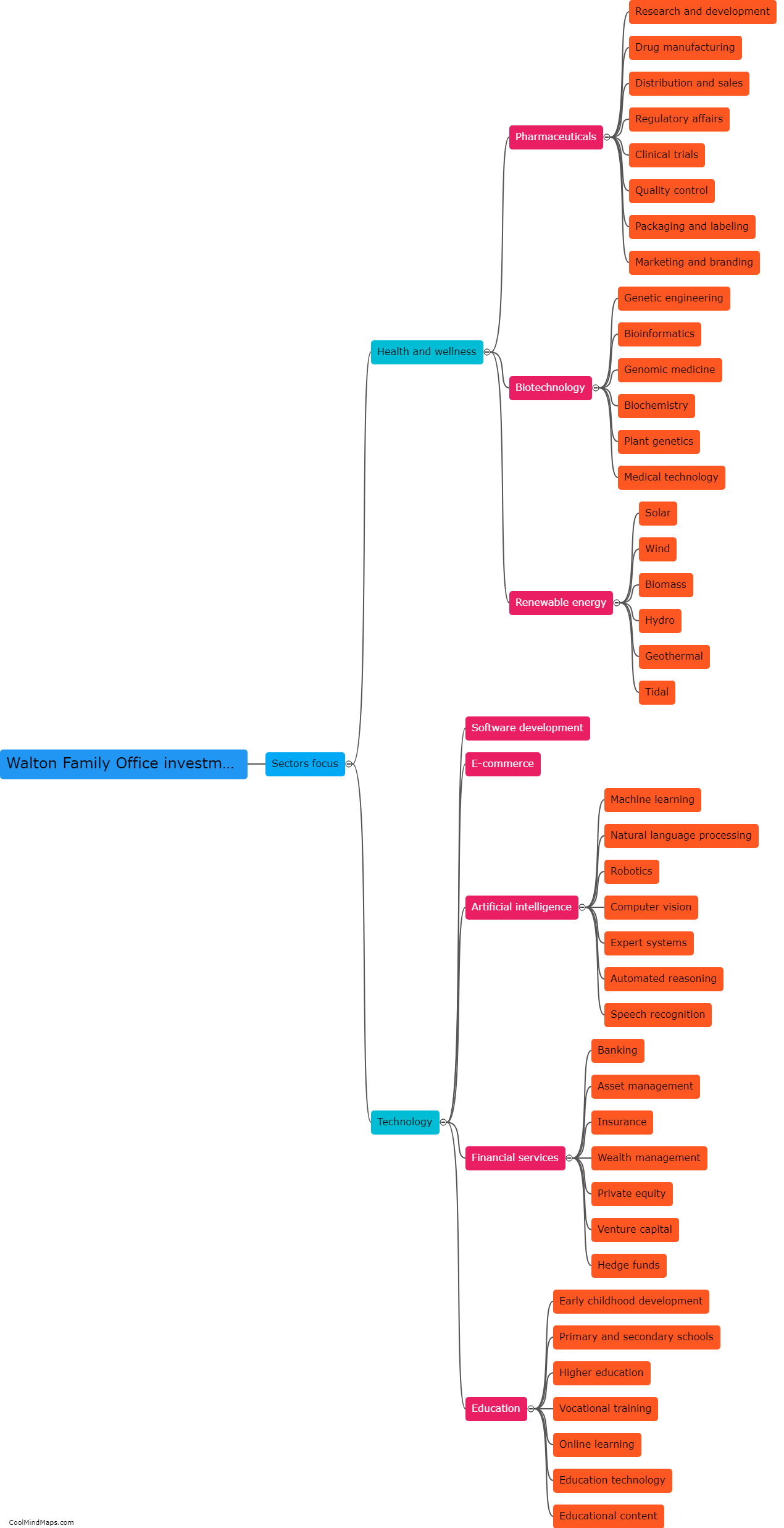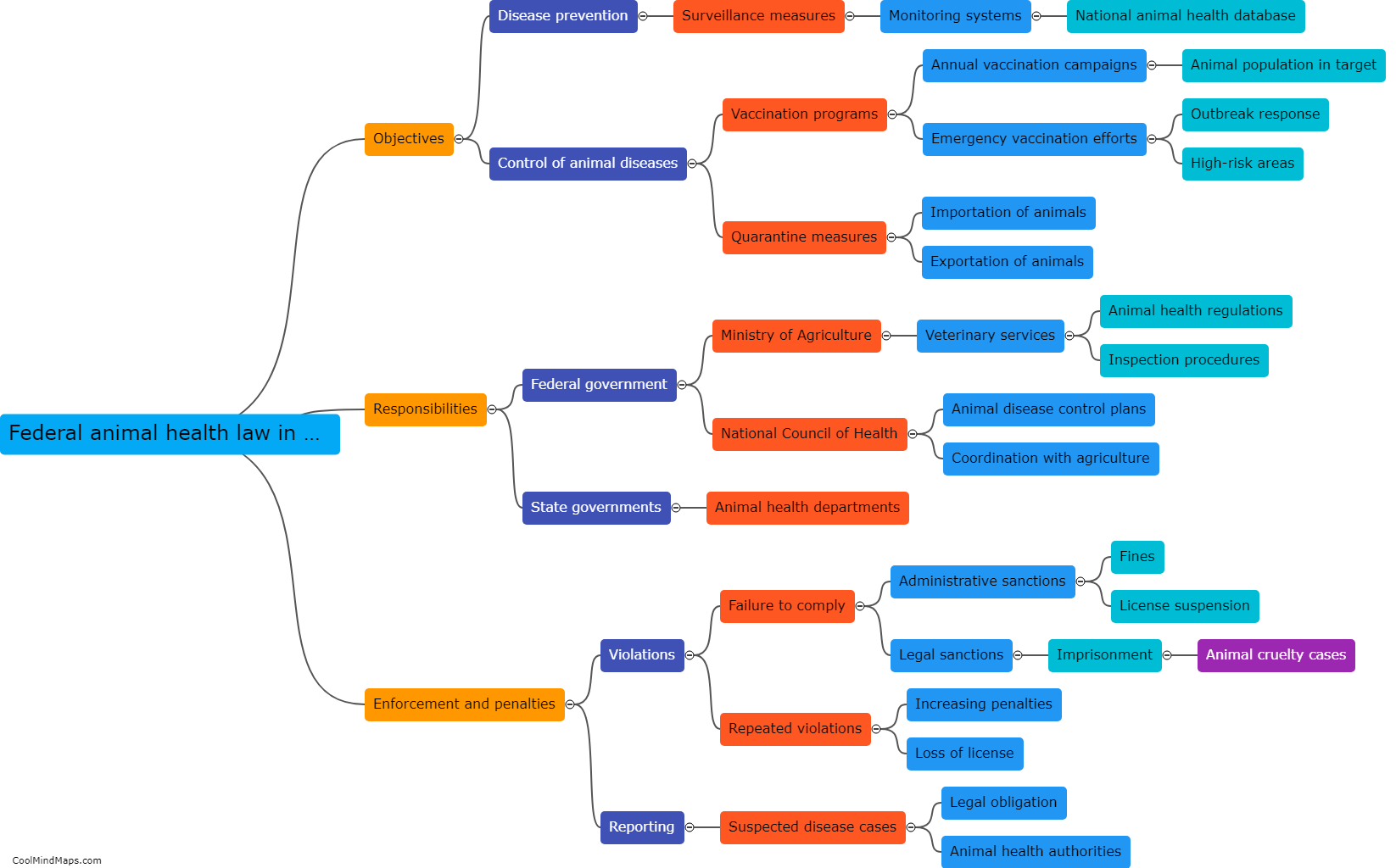How do we make positive and negative sentences in the present simple?
In order to form positive sentences in the present simple, we typically use the base form of the verb for all pronouns, except for the third person singular (he, she, it), where we add an "s" or "es" to the verb. For example, "I play tennis," "You study French," and "They eat pizza." When constructing negative sentences, we use the auxiliary verb "do not" or "don't" before the base form of the verb for all pronouns. For the third person singular, we use "does not" or "doesn't." For instance, "I do not play tennis," "You do not study French," and "She does not eat pizza." Additionally, we can contract the auxiliary verb with the pronoun to form contractions, such as "don't" and "doesn't," to make the sentences less formal.

This mind map was published on 3 November 2023 and has been viewed 96 times.











